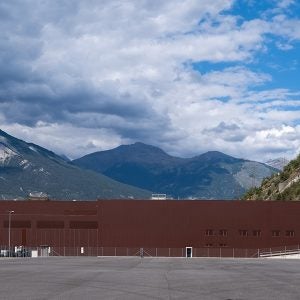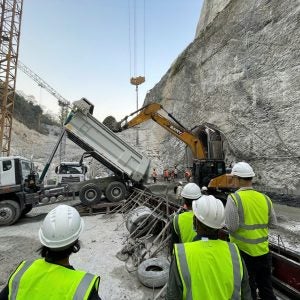Spillways for high head dams are subject to high velocity flows. Due to the inherent surface roughness and geometrical deformities usually associated with concrete structures, spillways are susceptible to cavitation damage. Aeration is one of the most effective methods for mitigation of cavitation. Design of aerators is a subject of continuing interest. The present study describes the present state of knowledge for spillway aerators. A comparative study is presented to assess the various methods available for the estimation of jet length, sub-pressure under the nappe, and the air velocity in the ducts. The limitations of the present methodologies for the design of aerators for overflow spillways have been conveyed with the help of a sample calculation for a 125m high dam, and the need for further research investigations for high head, high discharge, intensity spillways have been identified. Special considerations for aerators of orifice spillways have also been discussed. The need for physical and mathematical modelling and limitations encountered therein are then conveyed.






